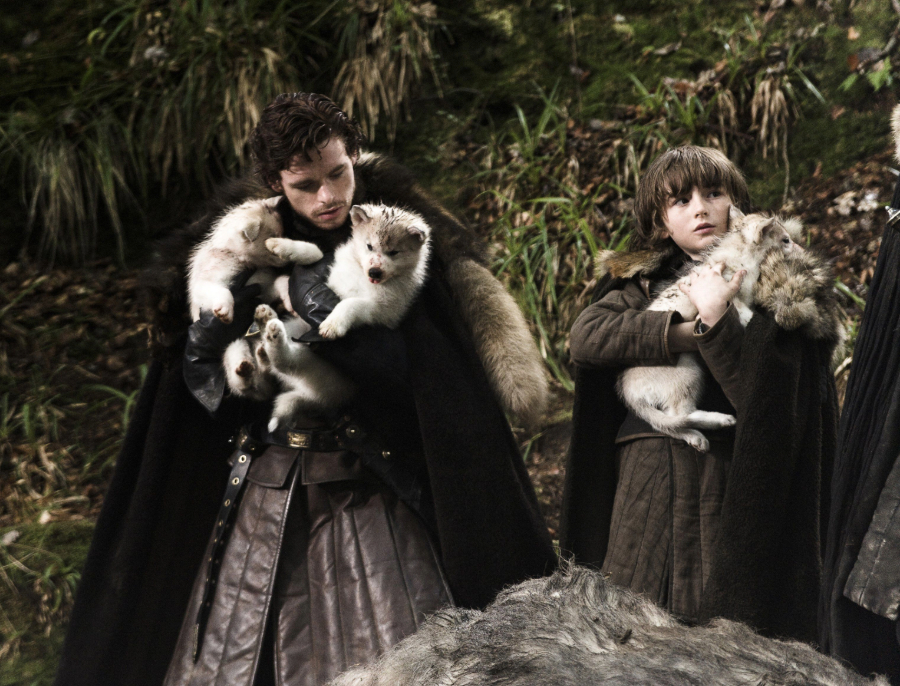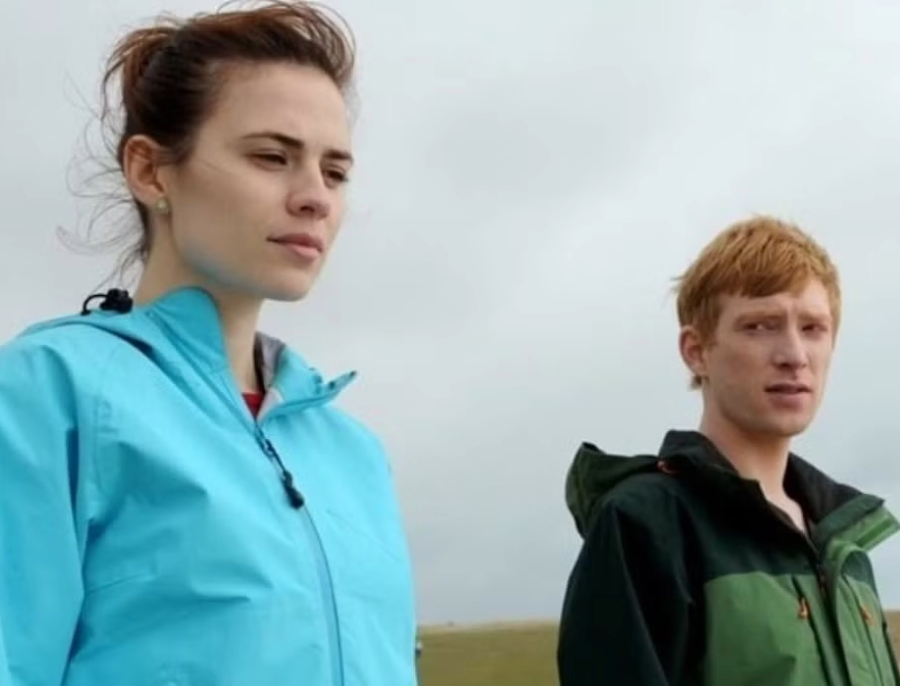Is the De-extinction of the Direwolves the Wave of the Future?

The idea of resurrecting long-lost direwolves sounds like pure fantasy, yet Colossal Biosciences insists science is catching up with myth. Chief science officer Beth Shapiro lays out a vision that blends Jurassic Park drama with urgent conservation goals.
Despite criticism, Shapiro argues that direwolf de-extinction—along with the return of other long-lost species—isn’t about chasing a trend. Instead, there’s a genuine desire to leave the world better than the way they found it—and if Shapiro and her team succeed, they just might.
Unlocking ancient secrets, one genome at a time
“Every genome that we reconstruct from an extinct species teaches us something unexpected about how life adapts and survives,” Shapiro tells DearMedia.com in an exclusive interview.
This discovery engine is already firing. Deciphering DNA from direwolf fossils revealed that “[direwolves] had light-colored coats—something we never could have known from bones alone,” Shapiro says. The company’s de-extinction pipeline doesn’t stop at insight; it allows researchers test hypotheses in real time. “Once we can predict what DNA sequences will lead to a woolly coat, for example, we can test these links directly by making a woolly mouse,” she explains.
Why resurrect direwolves now?
Colossal frames de-extinction as a moral imperative. Shapiro argues, “With DNA sequencing, genome engineering, and breakthroughs in animal reproductive biology, we can alter the genomes of plants and animals in ways that help them to survive drought or disease…we can even help ecosystems be more resilient by restoring missing ecological interactions through de-extinction.”
In other words, reviving direwolves, or any other extinct species, is not nostalgia nor trend-hopping—it is a proving ground for tools that could shore up biodiversity on an already-stressed planet.
Addressing concerns about ethics and animal welfare
Critics point to cloning mishaps, high miscarriage rates, and the specter of designer predators. Shapiro responds that at Colossal they “begin and end with animal welfare in mind.” She continues, “We only proceed with an edit once we have strong certainty that it will be safe, and we always aim to make the fewest edits necessary to de-extinct the key phenotypes of an animal.”
The company also layers machine-learning models, cell-line experiments, and organoid testing before any embryo reaches a surrogate, ensuring that care and dignity are behind each implantation.
But Colossal knows good intentions aren’t enough. Shapiro emphasizes phased rollouts guided by local voices and community input. “Our advisory boards comprise Indigenous leaders, local government officials, and representatives from academic, nonprofit, and for-profit entities, all of which will be impacted by de-extinction,” she says.
From headline direwolves to real-time rescue
Skeptics wonder whether money funneled into prehistoric animals might be better spent protecting living ones. Shapiro counters with complex examples. In Australia, a single base-pair edit now shields endangered northern quolls from poisonous cane toads. “This represents a form of accelerated evolution, using genetic engineering to achieve in a laboratory what would normally take thousands of years of natural selection to evolve,” she explains.
Closer to home, Colossal cloned four “ghost” red wolves to widen the genetic bottleneck threatening the continent’s most endangered wolf. “The red wolf project shows that de-extinction technologies can serve immediate conservation needs,” she says, reframing the direwolves venture as a catalyst for present-day species.
A scientist’s leap of faith
Shapiro built her reputation sequencing ancient DNA on ice-age bones and permafrost sediments. Academia, however, could move only so fast. “Eventually, I came to realize that there was only so much that I could accomplish, even with a successful academic lab,” she says. “I would need a larger team with much broader scientific expertise and significantly more resources than I could generate as a lone academic. Colossal offered this opportunity.”
Inspiring the next generation
To women eyeing lab coats and CRISPR kits, Shapiro offers encouragement: “Hard work pays off, science is fun, and the biggest breakthroughs often come from taking calculated risks.” She also urges future researchers to stay authentic because “diverse experiences and viewpoints are assets that the biotech field desperately needs if we are going to take on the complex challenges that our global community will face in the next decades.”
The road ahead
Ecologists warn about unforeseen impacts on ecosystems, while ethicists highlight the moral complexities of cloning. Yet Shapiro focuses on the horizon—de-extinction science is already rewriting conservation playbooks. The debate will stay fierce, and it should. But Shapiro’s closing sentiment captures the mood of many hopeful onlookers: “We’re just getting started!”
If her team can balance caution with innovation, the return of the direwolves may indeed signal a bold new chapter—one where ancient DNA, modern tech, and a dash of daring thinking reshape the future of life on Earth.




















Leave a Reply